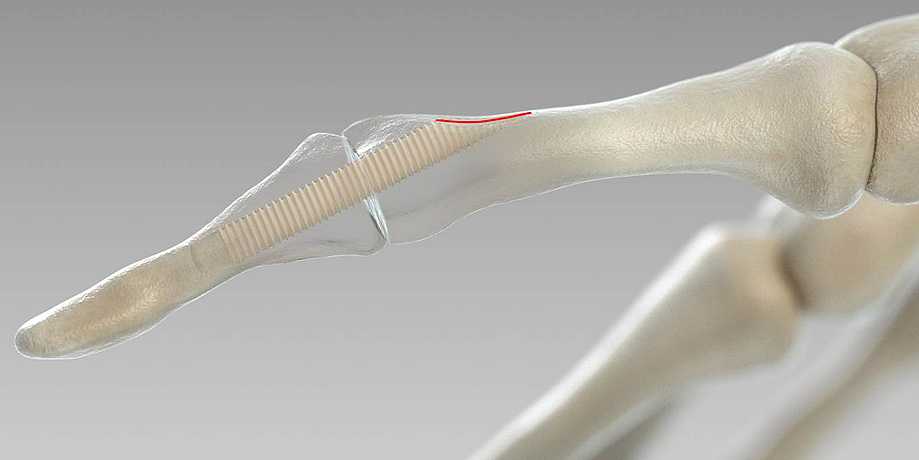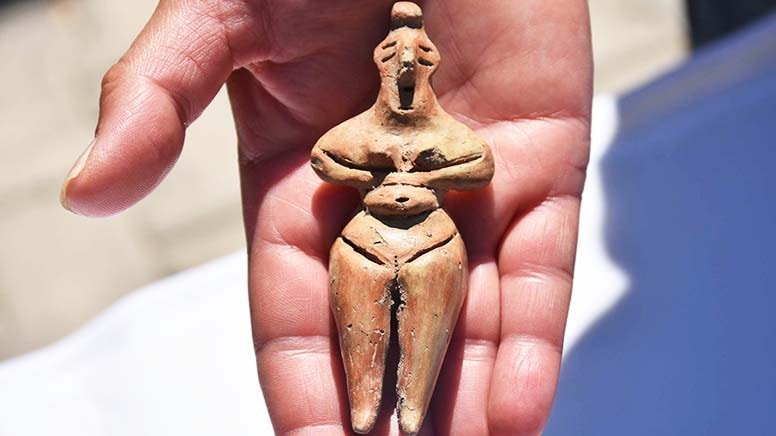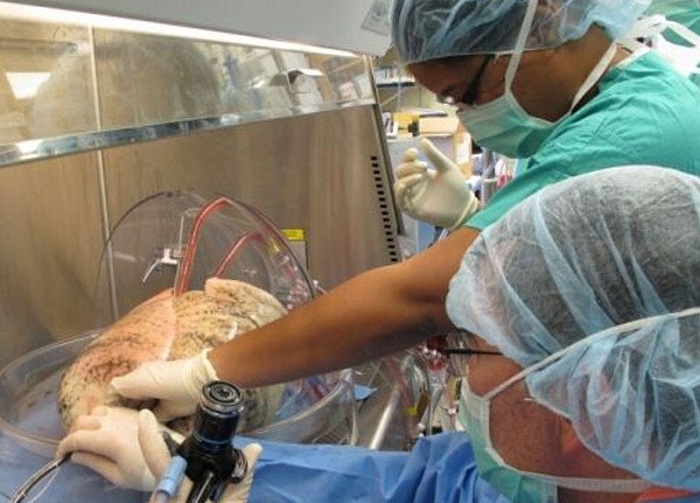
- A-
- A
- A+
Austrian Scientists Turn Human Bone into Surgical Screws
An alternative approach for the repair of broken bones is being developed in Austria, which would overcome major limitations of metal surgical screws.
Researchers from TU Graz, Austria, are working with the start-up, surgebright, to develop surgical screws from donated human bone for foot and jaw surgery. Metal screwsare the current standard but these have major limitations including immunogenicity. Eventually, these have to be removed with an additional surgical procedure. The bone screws not only don’t have to be removed, but they also remove the risk of immune rejection.
The group’s exciting technology, the Shark Screw, is made from the compact middle layers of the thigh bone. The screw connects fragments of bone and acts as a scaffold into which new cells can incorporate themselves. This means the screw is accepted by the body and becomes part of the healed bone.
Surgebright produces the screw and believes that it offers big advantages to health systems by reducing costs, as well as to doctors and their patients by offering a natural and safe treatment for broken bones. It is already used in 14 hospitals in Austria, and the aim now is to adapt the screws for the repair of broken bones in the foot and jaw.
But, there are a few factors that must be considered when designing these screws for the repair of particular bones. First, the screw’s size and shape must be appropriate for its location in the body. Second, the nail must withstand the forces applied to it daily. Finally, the biomaterial shrinks during sterilization but expands once it is in the body. Accordingly, the research group are carrying out “extensive investigations and tests – both in dry and rehydrated states”.
Metal screws are the Achilles heel of bone repair, so surgical teams around the world are crying out for a new approach to repairing damaged bone. Way back in the 1960s, Larry Hench kicked off research to find a way to repair bone, which culminated in the discovery of Bioglass. It combines silica, calcium and phosphorous, which mimics hydroxyapatite, the mineral component of bone, and stimulates new bone to grow. Work is ongoing to improve the standard of care for patients with broken bones or bone-related health issues.
Earlier this year, Swedish biotech Bonesupport raised €51M to boost the sales of its Cerament technology, conduct further clinical studies and continue the development of new candidates. Bone Therapeutics focuses on cell therapies for conditions, such as osteoporosis and degenerative disc disease.
The technology being developed in Austria will help to improve the lifespan of repaired broken bones, by providing a product that will reduce the complications that we see at the moment.
Similar News
Links




 Elm TV
Elm TV
 Photo
Photo
 Video
Video





